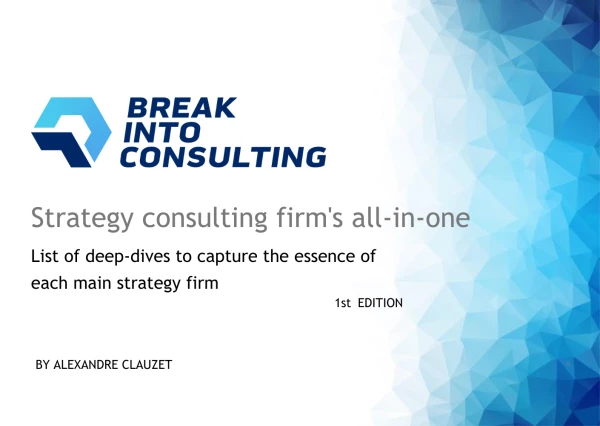Hi,
2 questions:
1) During the roll of interviews -say 4 or 5 sessions- do the other interviewers know what the other interviewers asked so that they ask different type of questions? Or all independently ask their own questions so that theoraticelly all can ask the same type? (less likelyhood ofcourse)
2) Particularly in a case structure, "the underlying objective of the client" should be included in the issue tree as a branch of the tree or the objective should be written on top? Let's say market entry case, ok the objective of the client is entering to X market but underlying objective for example let's say "increasing the userbase".. In this case should we evaluate "will this entry lead to increased userbase" in the issue tree or just solve the market entry case like "we look at the market, competition, company capabilities etc.. (don't know if this question made sense for sure, sorry if it didn't)
Thanks!











